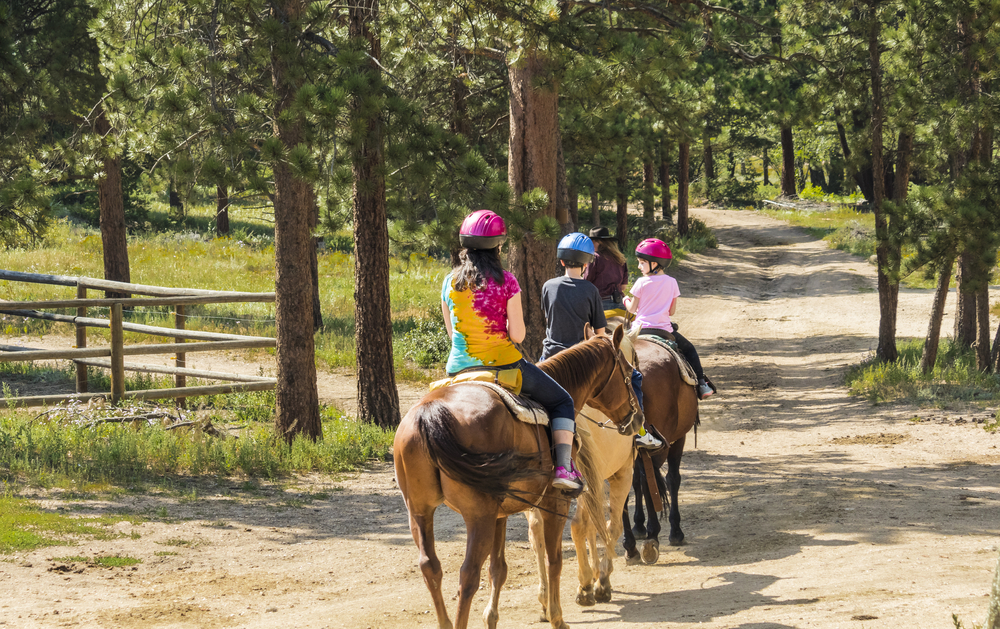Hippotherapy May Help Improve Trunk Strength, Control in Kids with CP, Researchers Say

Hippotherapy, a type of therapy that simulates horseback riding, was found to be potentially beneficial in improving trunk strength and control, as well as quality of life, in children with cerebral palsy (CP).
Results from a feasibility study were recently presented at the 2018 Association of Academic Physiatrists Annual Meeting Feb. 13-17 in Atlanta.
Hippotherapy is a form of physical, occupational, or speech therapy that uses horse-like movements to develop and improve neurological and physical functioning by channeling the movements of a horse.
The therapy was developed based on the concept that a person’s neuromuscular development improves when their body adjusts to the gait, tempo, rhythm, and repetition of a horse’s movement.
“For children with cerebral palsy, hippotherapy is one of the most effective types of therapy and can help improve balance, strength, endurance, and ultimately function and quality of life,” presenting author Justin Burton, MD, co-program director and pediatric rehabilitation medicine physician at the National Center for Children’s Rehabilitation at MedStar National Rehabilitation Network, said in a press release.
To determine if hippotherapy could benefit kids with cerebral palsy, Burton and his collaborators at the Sheikh Zayed Institute for Pediatric Surgical Innovation at Children’s National Health System in Washington, D.C., developed a horseback riding simulator for children who suffer from neurologic and musculoskeletal disabilities.
The horseback riding simulator was built to increase a patient’s ability to maintain control of his or her torso. The system is composed of a motion platform, carousel horse, a tracking system, and a virtual reality component which simulates a horse riding along a pier. This system also allows children with CP to play games while riding the horse.
Researchers enrolled five healthy volunteers as controls and two children with cerebral palsy to test the simulator.
Initially, the healthy volunteers conducted a reach test to measure their ability to control their torsos, followed by the children with cerebral palsy.
Next, all patients were given simulated therapy sessions. This included a five-minute warm-up, during which a physical therapist provided cues to encourage upright trunk positioning and appropriate ways of maintaining balance.
After, participants played two different games. The first challenged their ability to control their posture, and the second tested trunk control and evaluated their ability to control their posture, allowing children to correctly balance while completing more than one task at a time.
All participants completed four simulated therapy sessions. Initial data from this study showed that after the fourth simulated therapy session, trunk control and weight shift among the two CP children seemed to be improving. Additionally, the cerebral palsy patients seemed to be weight-shifting in a way that was more similar to that of the healthy children.
“We believe patients who have good head control but have difficulty with trunk strength and/or trunk control would benefit most from this therapy,” Burton said.
“Unfortunately, access is limited [to hippotherapy] because there are relatively few sites, often with long wait lists, and it may not be covered by insurance. My colleague in pediatric rehabilitation medicine, Dr. Olga Morozova, and I initiated this study because we wanted to improve access to and bring the benefits of hippotherapy to an urban medical center,” Burton added.
Researchers now want to begin enrolling children ages 4-10 in a clinical trial to test hippotherapy’s benefits in kid with CP.


